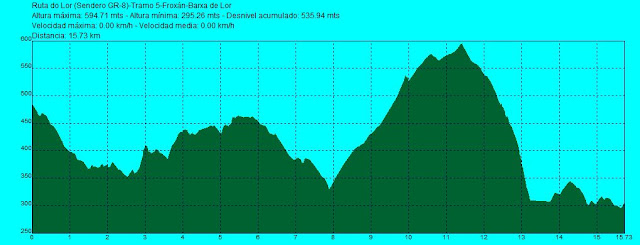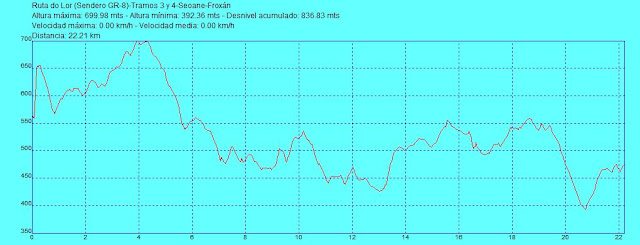seawall was always a calm and promoting activity of the relaxation, stimulating our senses through sounds, aromas, light, images ... Visiting
cut profiles of the coast, mixed with the waves between beaches, cliffs and seascapes, it is an unforgettable treat for any traveler who wants to know these areas.
In most cases, the so-called "coastal paths," Inland routes are often little closer to shore, and are not very showy and dull to reason through forests of eucalyptus and pine trees and stepping much asphalt.
Thus, from the Hiking Club Acivro, echoing numerous requests to that, we start an interesting scheme called "Project Coastal Paths", ie allowing to meet beautiful coastal areas in a series of "real "shore excursions specially chosen and selected for their beauty .
In this ambitious project, we will over time thirteen beautiful trips a day, specially chosen for the occasion in which we can see from typical fishing villages to beautiful beaches, dramatic cliffs and beautiful coastal scenery.
excursions included in the project are: *
Road Ares-Mugardos Coast (Costa Ártabra-Ferrol)
* Route Tapia de Casariego-Castropol (Asturias)
* Route Viavélez-Tapia de Casariego (Asturias )
* Naviego Coast Trail (Asturias)
* Route Ortiguera-Viavélez (Asturias)
* Route da Costa Doce (Sada, A Coruña)
* Path of Cabo de Peñas (Asturias)
* Route Cedeira-San Andres Teixido (Ferrol)
* Route Algae (Ortigueira-A Coruña) * Route
Arnao-San Juan de la Arena (Trail North-Asturias)
* National Park of the Atlantic Islands of Galicia (Islas Cies)
* National Park of the Atlantic Islands of Galicia (Isla de Ons)
* National Park Atlantic Islands of Galicia (Cortegada Island)
Each tour built into the project will bear the below, along with the words "Coastal Trails Project," and they will be suitable for all kinds of people with minimal shape, having always a degree of difficulty to "easy" or "medium" for the lack of roads to save.





















